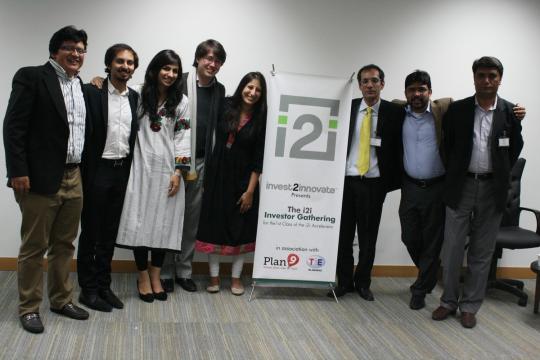 Over a year has passed since the Arab Spring erupted in Tunisia and Egypt. As the January
webchat with the region reminded us, current priorities in the Middle East and North Africa (MENA) are all about “jobs, jobs, jobs, jobs, jobs, and then some more jobs.” The
Youth@Work: Partnerships for Skills Development conference in Amman was a timely event to discuss issues such as skills mismatches, education quality, and regional solutions towards facilitating the school to work transition. Not surprisingly then, the interest in the event was huge with representatives from national and local governments, civil society organizations, the private sector, international donors, and youth. Even Queen Rania of Jordan attended.
Over a year has passed since the Arab Spring erupted in Tunisia and Egypt. As the January
webchat with the region reminded us, current priorities in the Middle East and North Africa (MENA) are all about “jobs, jobs, jobs, jobs, jobs, and then some more jobs.” The
Youth@Work: Partnerships for Skills Development conference in Amman was a timely event to discuss issues such as skills mismatches, education quality, and regional solutions towards facilitating the school to work transition. Not surprisingly then, the interest in the event was huge with representatives from national and local governments, civil society organizations, the private sector, international donors, and youth. Even Queen Rania of Jordan attended.
Three major themes of the event stuck with me:
1) Wide-spread agreement on the importance of teaching life skills: In recent years there has been an increased emphasis on life skills - also referred to as “soft skills” or non-cognitive skills - for success in the labor market. I was pleased to see that this view is widely shared among practitioners. This view was reiterated by representatives of the private sector, who claimed that the biggest constraint to hiring young people was the lack of soft skills. But how do people define “life skills”?
My impression was that there isn’t one uniform understanding of the concept: some people focus on critical thinking, problem solving, and communication, while others pay more attention to concrete job related skills. There were also a lot of discussion surrounding ways in which to teach such a skill, including classroom-based curricula starting in primary school, apprenticeships, mentoring, and second chance programs. Overall participants agreed that life skills are crucial and easily transferrable from job to job, and hence, should be a vital component to all levels of education and training.
2) The importance of cities as stakeholders in the youth employment agenda:With the majority of MENA citizens living in urban areas, the socioeconomic development of cities (and thus countries) is closely linked to its young people’s integration into the labor force. Conversely, as Franck Bousquet, World Bank Sector Manager for Urban and Social Development in MENA, pointed out “You cannot take care of the youth agenda without taking care of the city agenda.” Therefore, local governments have an important role to play in addressing the youth employment challenges in the region. This is a new terrain for both donors and the cities; International donors are more used to dealing with national governments and not necessarily with city mayors.
Similarly, city governments often have a limited mandate to work on social issues, such as education and employment, particularly in centralized MENA region. With several mayors and city council members from across MENA attending the conference, it was a good opportunity to start the dialogue about what can and should be done. But the discussion will need to continue over the next couple of months to identify practicable solutions to the issue.
3) The increasing interest in strengthening the knowledge base on what works in youth employment:Traditionally, the MENA region has lagged behind in terms of skills development and youth employment. Due to the lack of rigorous evaluations, governments and other stakeholders have had difficulties making evidence-based programming decisions. Therefore, I expected a rather skeptical audience during the part of the conference that focused on Monitoring and Evaluation (M&E). But I was wrong. I was not only surprised by the participants’ interest in the topic, but also by the quality of the discussion.
A large majority considered M&E important for program learning and many were interested in the use of rigorous impact evaluations (i.e. evaluations that try to attribute changes in beneficiaries’ well-being to a particular intervention, controlling for external influences). While practitioners and donors were interested in strengthening M&E in their operations, they struggled with the implementation of such efforts. As a result, practical tools such as the new World Bank Practitioner Guide for Measuring Success of Youth Livelihood Programs and the Youth Employment Network’s Taqeem initiative and M&E Community of Practice were highly welcomed by participants.
While there are no easy fixes to the youth employment challenge in MENA, the event confirmed the importance of partnerships. Addressing the complex challenge around youth employment depends on leveraging the comparative advantage of all stakeholders: governments, civil society, academia and the private sector. Over the past three years, the Bank’s Global Partnership for Youth Employment has provided some important insights on better evidence-based programs and policies. The discussions reflected the donors and implementers interest in expanding such efforts and in exploring the possibilities for regional partnership. The World Bank, with its expertise and convening power, clearly has a role to play.
*This blog post reflects the views of the author and not necessarily those of HDNSP and the Labor and Youth team of the World Bank.


Join the Conversation